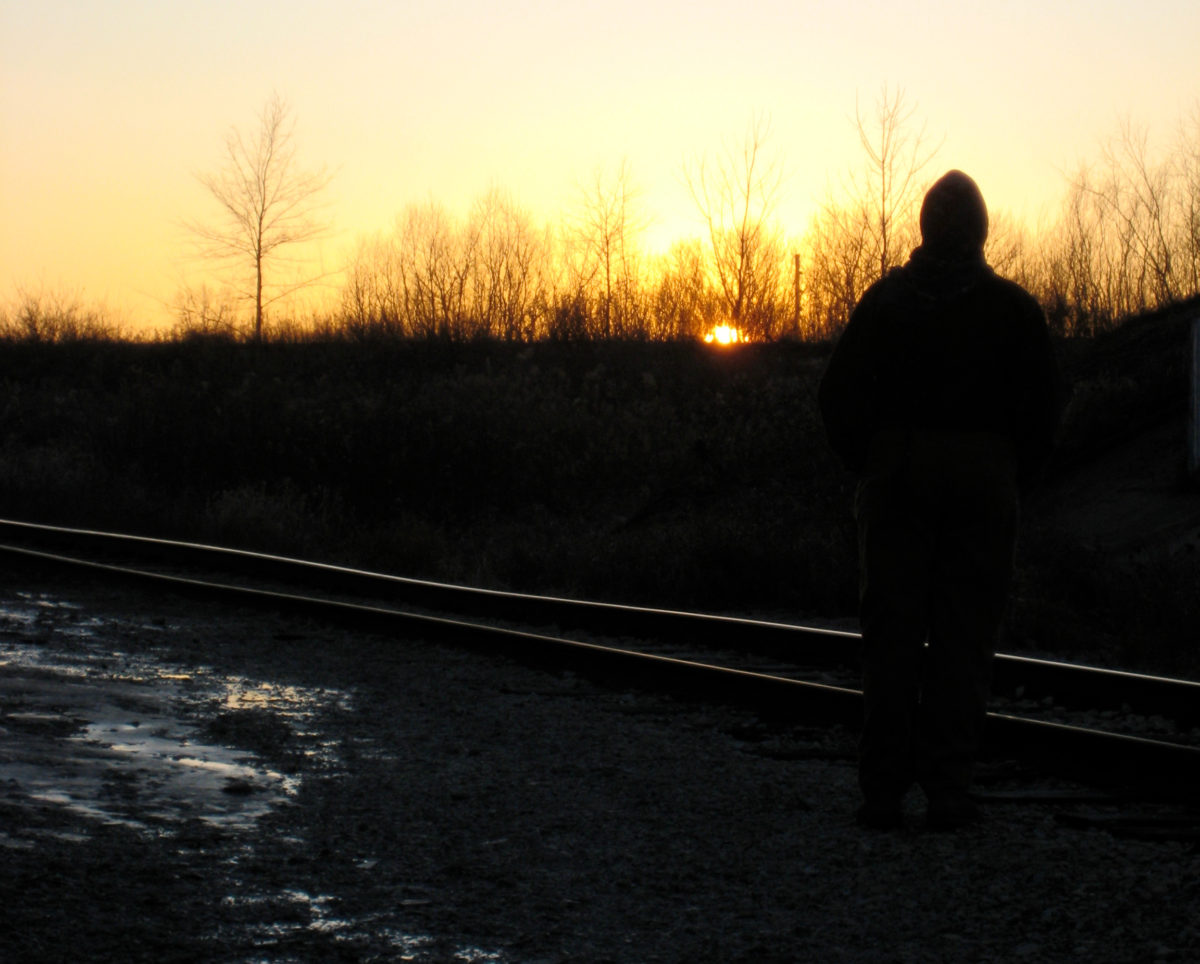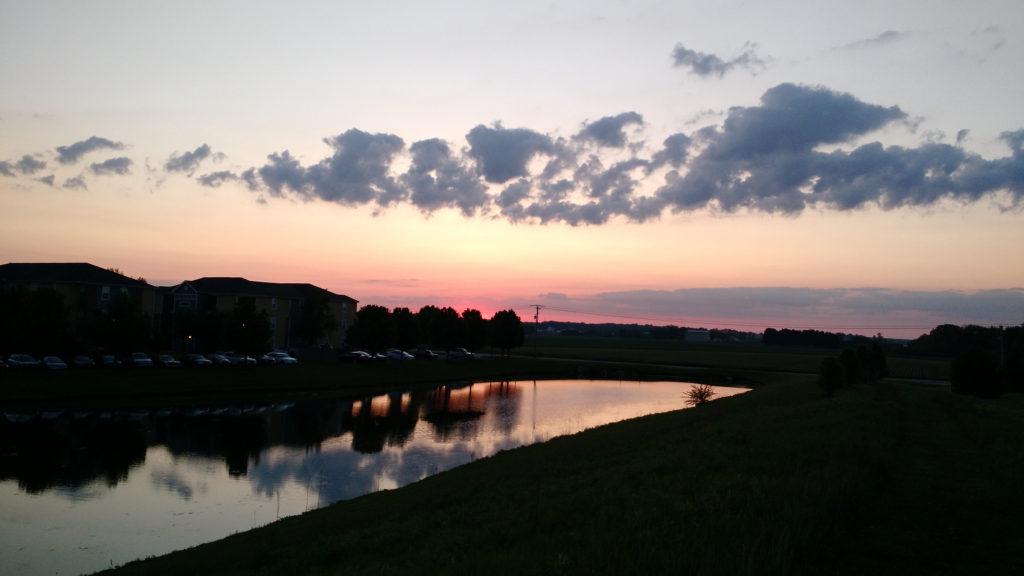I know that I need to write in the morning if I’m going to be productive at fiction. Even just 20 or 40 minutes of early morning writing gets my head into the story space, and once it’s there I’ll continue to have story ideas through the day.
I’ve had trouble making this work since I started teaching taiji. For most of the year I need to start getting ready early enough to be out the door no later than 8:40 AM. I’m only gone for a couple of hours, which isn’t such a big hole in the day, but it’s big enough that it’s made it hard to get in the necessary early-morning writing session.
But after months—years, really—of not getting my fiction writing in, I’m taking a fresh stab at making an early-morning writing session happen.
I started a week ago so I could test-run the new schedule and get the kinks worked out before the last week of August, when the first fall taiji session starts. So far it’s working pretty well. I got my early-morning writing done every day except one, and that day I managed to get in a good writing session in the afternoon.
The obvious thing to do, of course, would be to just start even earlier. That isn’t easy because I’ve put together an early-morning routine that I’m finding really satisfying:
- Do a tiny bit of mobility work first thing.
- Weigh myself and check to see what my Oura ring says about my sleep.
- Sit down at my computer and record that info.
- Drink some coffee.
- Do the Daily Jumble with my brother and my mom.
After Jumbling and a couple of cups of coffee, I generally have breakfast, after which is my window to get some writing done before taiji.
What I’m doing differently is simply that I’m trying to start breakfast no later than 7:00 AM (ideally a little before), so that I can finish before 7:30.
I need to leave by about 8:40 to be sure I get to the Rec Center in time for my class, which gives me a generous hour to write.
If I manage that—spend enough time writing to get immersed into the story space of whatever I’m working on—then my brain gets started working on story problems. All through the rest of the day I’ll have plot points, possible story twists, clever turns of phrase, bits of dialog, and so on, popping into my head.
Until I start writing, none of that happens. It’s actually kind of awkward when I don’t get a chance to write during the day, and then try to squeeze in a writing session late, because then I’ll be getting those ideas while I’m trying to go to sleep.
Actually, it turns out it can be kind of awkward even when I do what I’m trying to do. Two days last week I skipped the group taiji practice session, but on Friday I did pretty much just what I’m planning to do going forward, and the result was that my brain was fairly fizzing with story stuff at the point I was getting set to head out the door. That’s fine for the summer practice sessions where I’m just a participant and not in charge of anything, but when I’m the teacher it’s my job to be fully present and mindful in the class, not in my latest fictional world.
It was okay this time; my fizzy brain had settled down by the time I was in the car ready to drive. But it’s another thing to take into account as I calibrate this new routine, which is why I wanted to have these couple of weeks for a test run.
Still, if I want to get fiction written, it’s best to get started early. And for a week now, I’ve been managing it. (And as a consequence, have finished a draft of my first new short story in a long time.)



